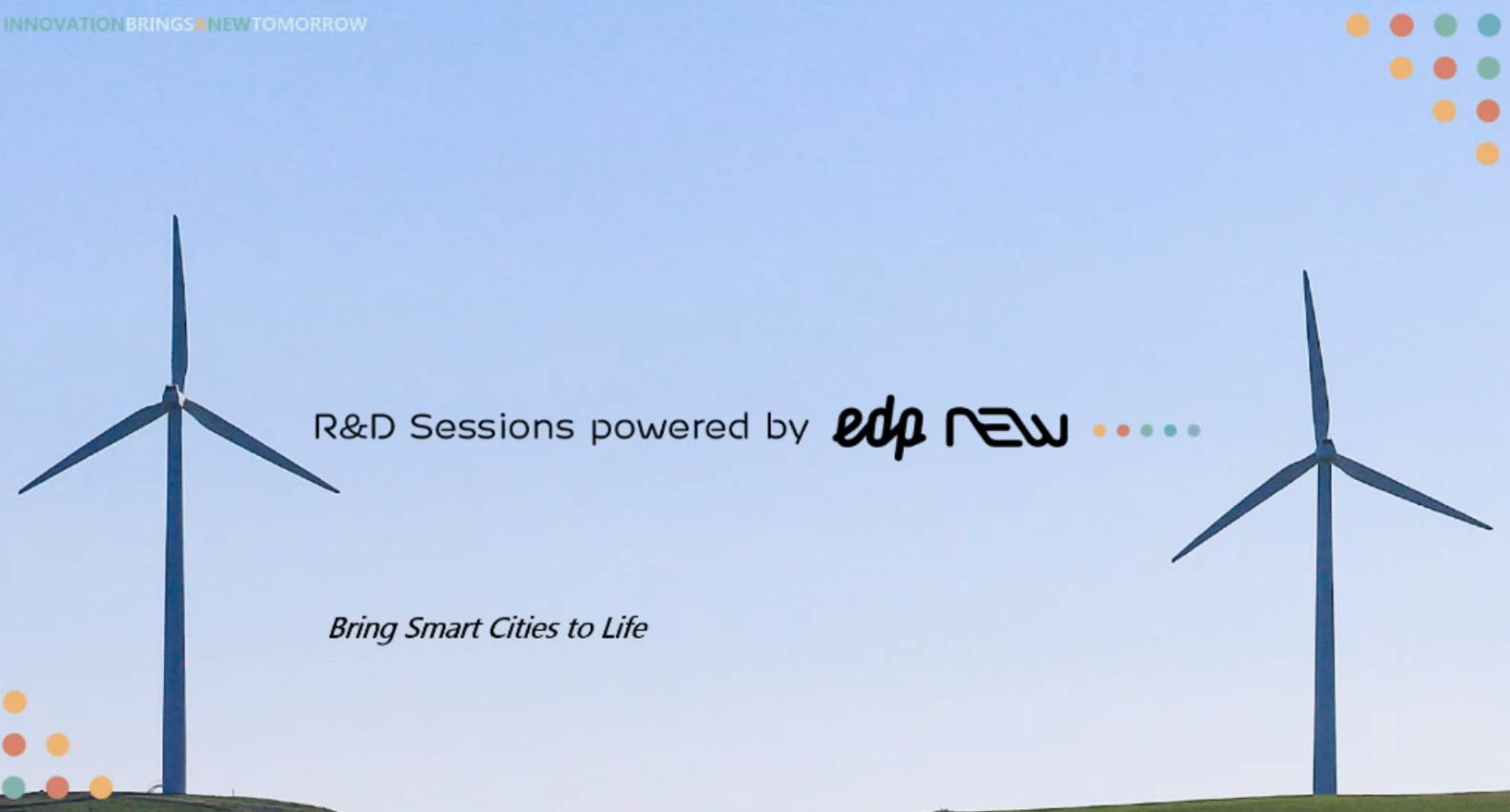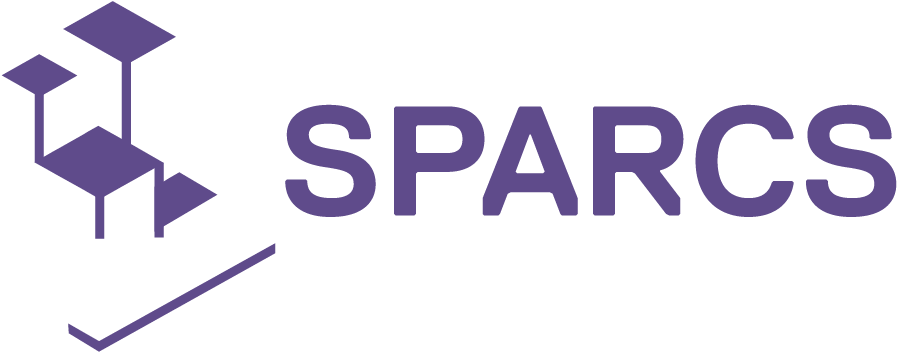EDP NEW Webinar – Bring smart cities to life
On the 2nd of July EDP NEW hosted the second of its R&D sessions, this time dedicated to Smart Cities.
In the first part, José Miguel Costa, the Positive Energy Communities area responsible, made a brief presentation of the session and of its expected outcomes, after which the two main smart cities projects in which EDP CNET is participating were presented: Luisa Serra presented SPARCS and João Formiga presented POCITYF. Following the presentations, there was a first round of lively Questions and Answers.
The second part of the webinar was a round table insightfully moderated by Francisco Lopes from EDP Distribuição, in which Marta Moreira from Câmara Municipal da Maia (SPARCS) and Rui Costa from Ubiwhere (Portuguese company experienced in Smart Cities) participated. Marta Moreira presented how the H2020 projects support the city strategy. She emphasized the synergies between SPARCS and Maia Living Lab, the integration of different technical domains, the opportunity to diagnose problems and to overcome technical gaps, namely by the access to far more advanced technologies and experienced partners.
Rui Costa from Ubiwhere, a company that provides smart city solutions imbedded in the urban landscape, addressed how the H2020 projects help the cities to address the most import challenges, namely energy, mobility and circular economy. He provided insights about Portuguese cities strategies and performance in comparison with other European ones, shedding light on the role that the private sector should play to achieve smarter and greener cities.
When questioned about Maia’s intention to respond to the EU’s “100 climate neutral cities by 2030” challenge Marta Moreira answered: “Probably not, because Maia has a highly industrialized territory that is crossed by several highways and is also home to Oporto’s international airport. So, for us it would be a huge challenge to try, in 10 years, to reach the goals most cities are aiming to achieve in 30.” Prompted to identify the priority areas to be addressed if Maia was to respond, she added that “In the light of the latest data, that shows industry and mobility are the areas responsible for the majority of our emissions, we would definitely concentrate our efforts in those two domains.”
From this session, some positive spillovers already happened, namely the identification of technologies that are being already developed for POCITYF that might be interesting for Maia city, such as Building-Integrated PV, the Community Solar Farm and the P2P platform.

